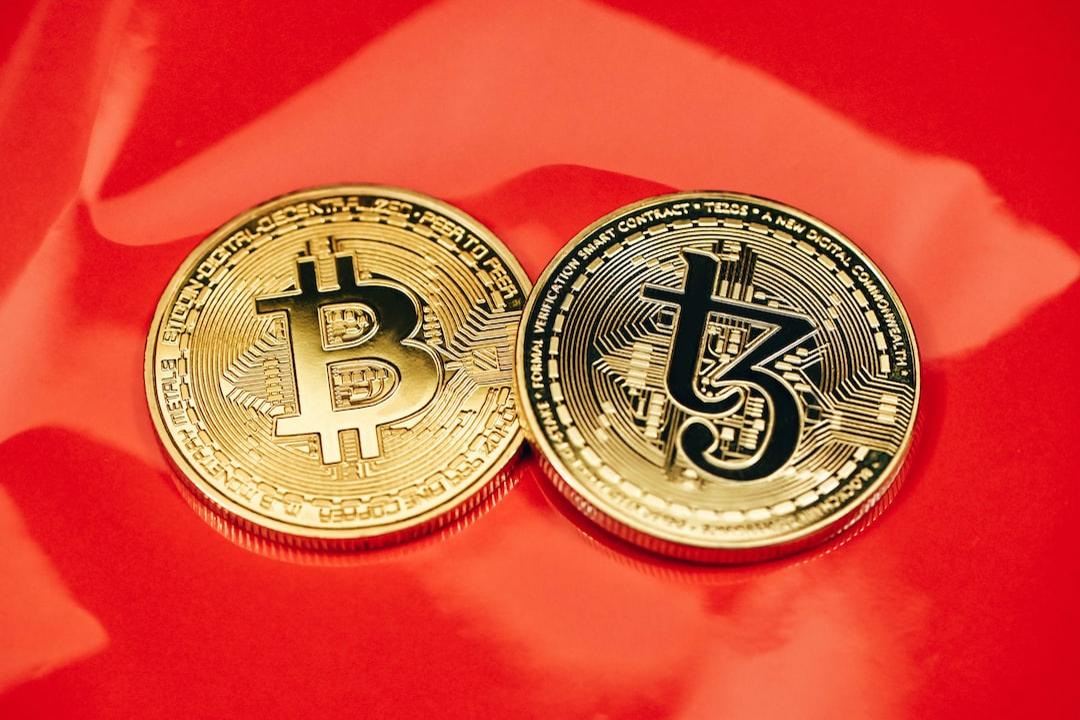Aave, the Ethereum lending protocol, announced on December 23rd its plan to integrate the Smart Value Recapture (SVR) oracle service developed by Chainlink. The proposal aims to address the issue of unfair distribution of profits caused by the Maximum Extractable Value (MEV) and to return the profits generated during the MEV liquidation process to the Aave community users.
But what is MEV exactly?
MEV, or Maximum Extractable Value, refers to the additional profit obtained by block validators and miners through adjusting the order, front-running, or canceling transactions. However, ordinary users suffer losses such as increased transaction costs and delays due to these unfair practices by the block builders, and they receive minimal returns.
A brief introduction to Aave’s existing liquidation mechanism and the MEV problem:
Currently, Aave’s protocol uses a fixed proportion of liquidation rewards to incentivize third parties to execute liquidations. When the value of a user’s collateral significantly drops, third-party liquidators repay a portion of the user’s debt and receive equivalent collateral and additional rewards, ensuring the stability of the protocol.
With the development of blockchain technology, MEV has become a major issue in the liquidation process. Simply put, if the liquidation profit is set at 3% and the liquidator only needs a 2% profit to cover costs, the remaining 1% becomes the target of competition for block validators and miners. They adjust the order of transactions or front-run to redirect the profit to themselves, leaving ordinary users unable to benefit.
SVR bidding to recapture MEV:
Aave stated that Chainlink’s SVR service is built on the open-source Flashbots MEV-Share protocol, and it recaptures the MEV profit in the liquidation process through a bidding process:
Price updates: When Chainlink’s oracle needs to update prices, these price data will be sent to two places: the MEV-Share protocol, which is the main channel for handling MEV, and the standard price oracle as a backup solution, ensuring users can still obtain the latest prices in case of any issues with SVR.
Bidding process: In the SVR service, transaction searchers bid for the right to execute liquidation transactions on the MEV-Share protocol, allowing them to buy opportunities for front-running. The income generated from this process can be used to reward the Aave community users and support Chainlink’s operations.
Price on-chain: Whether the bidding is successful or not, the updated price data will be securely written to the blockchain. If SVR operates normally, the data will be on-chain from SVR. If SVR encounters issues and no one participates in the bidding, the system will automatically switch to the backup standard price oracle, ensuring uninterrupted data transmission and protecting users from any impact.


Diagram illustrating the integration of Chainlink SVR and Aave.
Aave’s utilization of SVR through a trial proposal:
Aave’s proposal indicates that if the integration with SVR is successful, it is expected to recapture 40% of the profits related to liquidations. Of this, 65% of the profit will be returned to the Aave ecosystem, and 35% will be used for Chainlink’s operations. Additionally, the proposal emphasizes that the integration of SVR will not significantly change Aave’s existing liquidation mechanism or affect user experience. It will only make minor adjustments to risk parameters such as liquidation rewards.
In summary, the integration of Chainlink’s SVR service by Aave is expected to increase the profits that were previously lost to block validators and searchers and bring them back to the protocol, creating more returns for users and enhancing the sustainability of the Aave economy. Moreover, SVR is only used in backrunning transactions to avoid harmful frontrunning and sandwich attacks, ensuring user protection.
Risk Warning:
Cryptocurrency investment carries a high level of risk, and prices may fluctuate dramatically, resulting in a total loss of your investment. Please evaluate the risks carefully.

